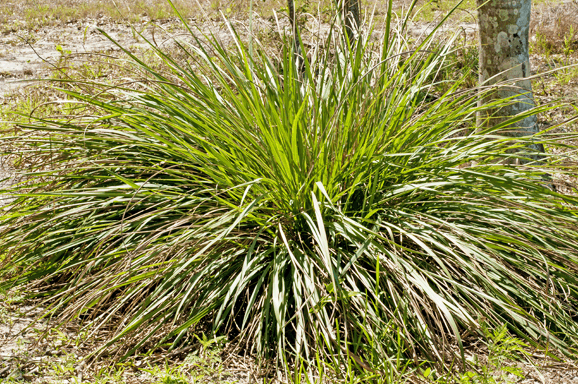Toxicodendron radicans thru Vitis rotundifolia
Species Name |
Common Name |
Toxicodendron radicans |
|
Tradescantia spathacea |
|
Trichostema dichotomum |
|
Tripsacum dactyloides |
|
Turnera ulmifolia |
|
Typha domingensis |
|
Urena lobata |
|
Urochloa maxima |
|
Vaccinium myrsinites |
|
Vicia acutifolia |
|
Vigna luteola |
|
Vitis rotundifolia |
Toxicodendron radicans Poison Ivy
|
Tradescantia spathacea Oysterplant / Moses-in-the-Cradle
|
Trichostema dichotomum Forked Bluecurls
|
Tripsacum dactyloides Fakahatchee Grass / Eastern Gamagrass
|
Turnera ulmifolia Yellow Alder/Ramgoat Dashalong/Buttercups
|
Typha domingensis Southern Cat-tail
|
Urena lobata Caesar Weed
|
Urochloa maxima Guinea Grass
|
Vaccinium myrsinites Shiny Blueberry
|
Vicia acutifolia Sand Vetch / Fourleaf Vetch
|
Vigna luteola Hairy Cowpea
|
Vitis rotundifolia Muscadine Grape / Southern Fox Grape / Scuppernong
|
© Photographs and text by Susan Leach Snyder (Conservancy of Southwest Florida Volunteer), unless otherwise credited above.
















































